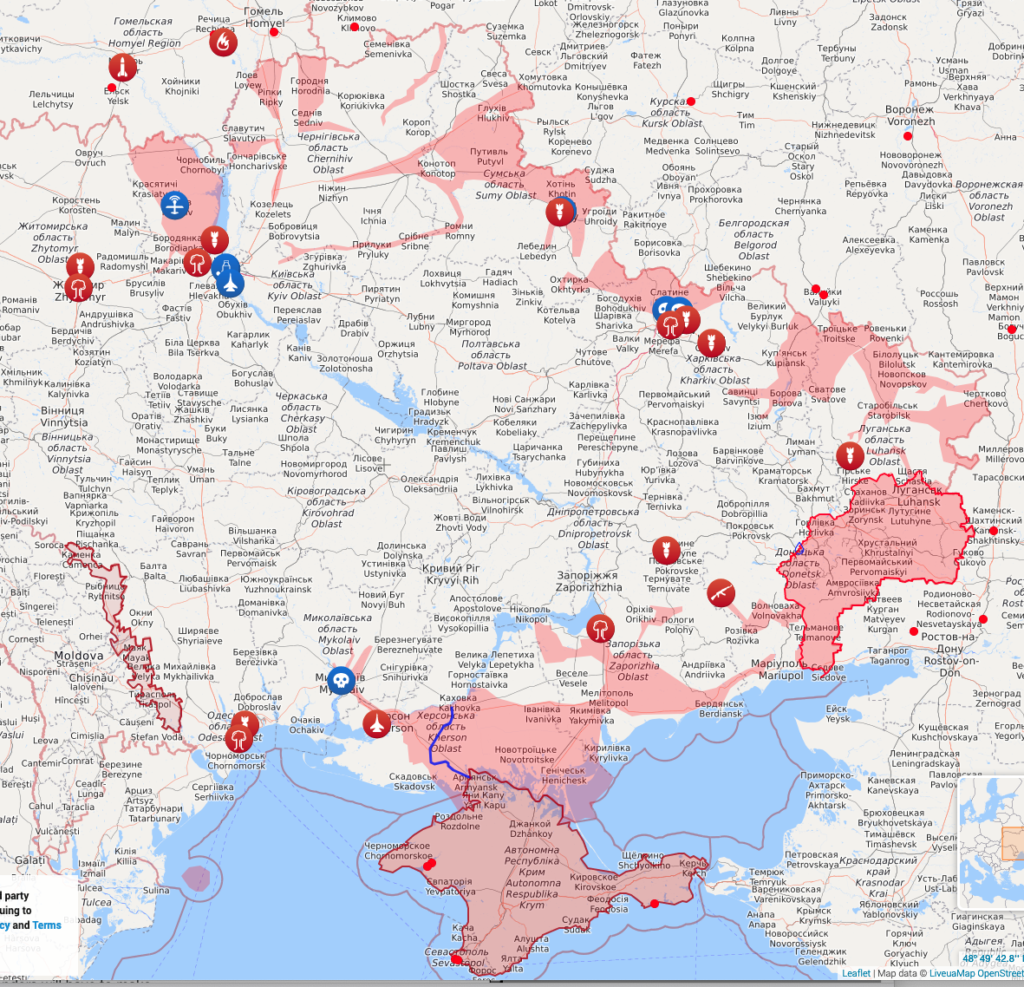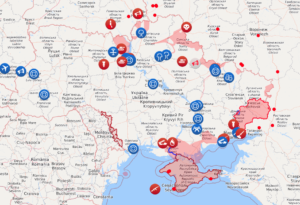More than two years into Putin’s three day Special Operation, Russia is starting to show extensive cracks in its facade of normalcy.
Russian lawmakers have proposed introducing food ration cards across the entire country in response to rising prices, claiming the idea has a “healthy foundation”, the Moscow Times wrote on Dec. 15.
Anatoly Aksakov, head of the State Duma’s Committee on Financial Markets, endorsed the idea of reintroducing food vouchers reminiscent of those used in the Soviet Union – the proposal, initially suggested by the Russia’s Kaliningrad Oblast governor.
Aksakov believes the initiative should be expanded nationwide. The Russian official stated that food vouchers would help “support socially vulnerable groups,” though he did not specify a potential monthly allowance for these cards.
“As of Dec. 9, the Russian Ministry of Economic Development reported annual inflation reaching 9.2%, the highest level since February 2023. However, alternative metrics indicate significantly higher figures,” the publication noted.
Food ration cards in Kaliningrad Oblast are set to roll out in 2025, targeting pensioners with incomes below the subsistence minimum.
On Dec. 10, it was reported that the Kremlin had significantly increased military spending amid a catastrophic collapse of the ruble. The Russian government has allocated unprecedented funds for the war against Ukraine.
For 2025, Russia’s budget includes a 25% increase in military spending, bringing it to 13.49 trillion rubles ($175.37 billion). Military expenditures will account for 32.5% of the budget, an unprecedented level since the Soviet era. By comparison, during the first year of the war against Ukraine, the government spent 17% of its budget on the military. In 2023, this figure rose to 19%, and the 2024 year’s allocation stands at 29.5%.
- Interest rates are expected to hit 23% this month.
- Despite the high interest rates, inflation isn’t going down, running at an official rate of 9% (and unofficially much higher).
- Food staples are up even more, from 12% for bread to 74% for potatoes. Stores are locking up butter to prevent theft.
- Russian business bankruptcies are up 30%.
- Russia’s rail system can’t afford preventive maintenance due to higher interest rates.
- Russia’s current low unemployment is driven by government spending on its war economy, and its not sustainable.
- The military sector is sucking in more and more manpower, leaving fewer and fewer workers for other sectors of the economy hit by higher labor costs, higher interest rates, and higher inflation.
- Unequal distribution of the gusher of war economy money is screwing the poor even harder.
- Even Putin says Russia needs another million workers.
- “There is a shrinking number of people who can keep Putin’s war machine running.”

—is the collapse of Assad’s Syria, an important client state for Russia:
Russia is in a pickle getting its men and equipment home, because it can’t overfly nations hostile to it (most of them), it can’t sail ships home through the Bosporus (Montreux Convention), and it probably can’t get them all the way home up to its Baltic ports because it can’t refuel and resupply at hostile NATO ports (I wonder if a combination of Mediterranean African ports and at-sea resupply could get the job done). Plus Russia has been resupplying its mercenary army supporting Africa’s League of Assholes (Niger, Mali and Burkina Faso) from Syria, and Assad’s fall puts the entire operation in jeopardy.
The stresses on Russia are only going to get worse moving forward. For all the talk that Trump is going to bail Russia out, Volodymyr Zelenskyy evidently doesn’t think so. Plus one of Trump’s key negotiating tactics is to threaten whatever the other party holds most dear to force them to agree to a deal. And given Russia’s numerous manifest weaknesses, Trump is going to go into talks with an awful lot of leverage points…





 (@visegrad24)
(@visegrad24)  (@ElectionWiz)
(@ElectionWiz) 

 (@ChristinaPushaw)
(@ChristinaPushaw)